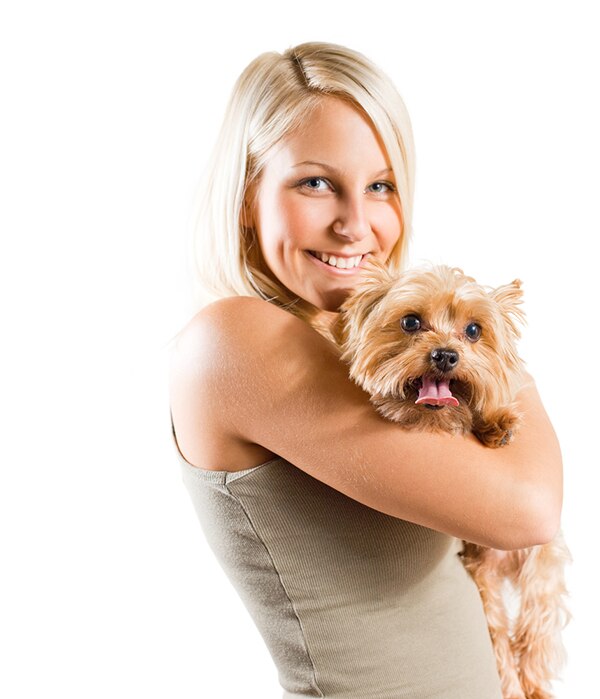Find food that fits your pet’s needs
Find a dog food that fits your pet’s needs
Find a cat food that fits your pet’s needs

We often think of fat as a bad thing when it comes to our own diets, so it comes as no surprise that many of us are also wary of it in our dogs’ food. However, some amount of fat is necessary, even vital, to the health of your dog. Let's take a look at just how and why fat is important in dog food.
What are Fats?
There are many types of fats present in dog food and each type of fat plays a different role in your dog’s nutrition. Fats used in dog foods are typically highly digestible and are used by the body as an energy source.
All fats are made of fatty acids. Fatty acids can be thought of as the building blocks of the different types of fats and may be characterized in several different ways. They may be classified based on the length of the carbon-chain that makes up their backbone, as long-chain, medium-chain, or short chain. They may also be classified as saturated, unsaturated, or polyunsaturated, based on the number of bonds between the carbon atoms in the backbone. In addition, they may be classified based on where the bonds between the carbon atoms occur. Omega-3 and omega-6 fatty acids are examples of this type of classification.
What are Essential Fatty Acids?
As your dog is unable to synthesize essential fatty acids in their singular form, the fatty acids must be supplied in the dog food. For dogs, essential fatty acids include the omega-6 fatty acid called linoleic acid. The omega-3 fatty acids DHA and EPA are not technically essential fatty acids but are also often supplemented in dog food due to their many benefits, including increasing brain function and lessening inflammation (i.e., anti-inflammatory).
What Do Fats Do?
Fat is important to the health and wellbeing of a dog in a variety of ways.
For the complete slideshow on Why Fat is Good for Your Dog, visit petMD!


